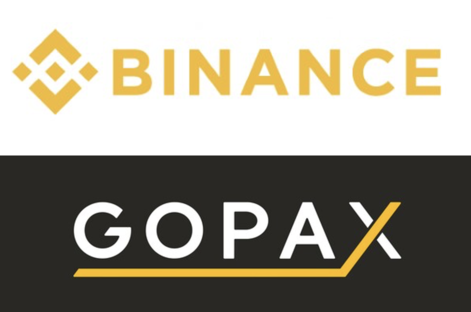Over-the-counter (OTC) trading desks played a critical role in cushioning the recent crypto market crash, acting as “shock absorbers” that mitigated volatility and prevented broader contagion, according to a report from Finery Markets, a leading crypto electronic communication network (ECN) and trading SaaS provider ranked among the top 30 digital asset firms worldwide.
Last Friday, Bitcoin (BTC) plunged from around $122,000 to $103,000, triggering widespread losses across the crypto market. Alternative cryptocurrencies and even typically stable assets like Ethena’s synthetic dollar (USDe), Wrapped Beacon Ether (wBETH), and Binance Staked SOL (BNSOL) saw sharp volatility. USDe briefly dropped to $0.65 on Binance due to liquidity inefficiencies but remained stable on other platforms like Curve, Fluid, and Bybit.
Finery Markets highlighted that OTC trading infrastructure prevented the localized crisis from spreading. Unlike centralized exchanges such as Binance, which depend on transparent order books visible to all traders, OTC desks operate through private “dark liquidity” pools that enable institutions to trade large volumes discreetly. This privacy minimizes panic-driven reactions and systemic risk.
“The crisis underscored the value of secondary trading conducted through OTC private rooms,” Finery stated, explaining that such venues act as firewalls against market contagion by isolating liquidity flows from public markets.
During the major liquidation event from October 10–12, Finery Markets reported a 107% week-on-week increase in BTC/USDT and ETH/USDT volumes on its private trading rooms—more than double the 48% growth seen on centralized exchanges. Bid-ask spreads also narrowed sharply, signaling enhanced liquidity and execution efficiency.
Data from Finery showed that trading large BTC orders was easier and more cost-effective on its OTC platform than on major centralized exchanges like Coinbase, Kraken, Bitstamp, and Binance.




























Comment 0